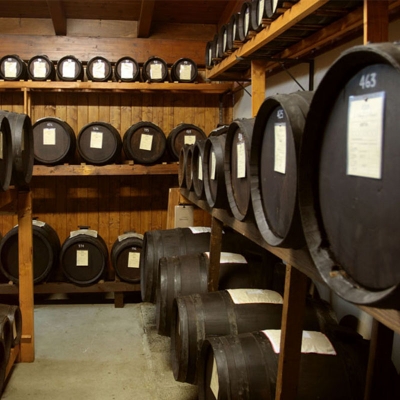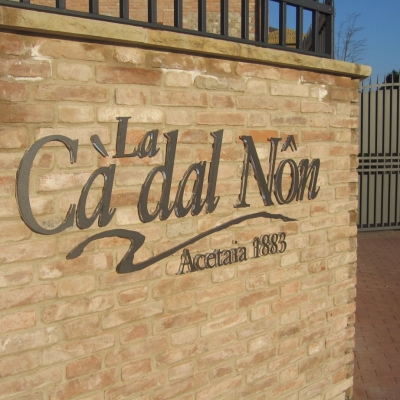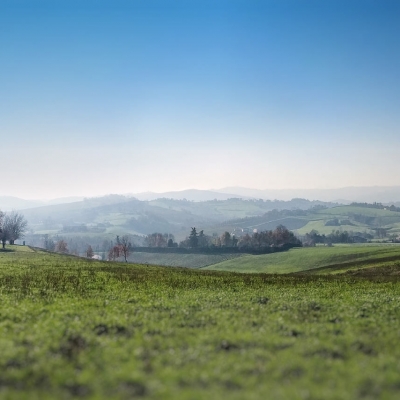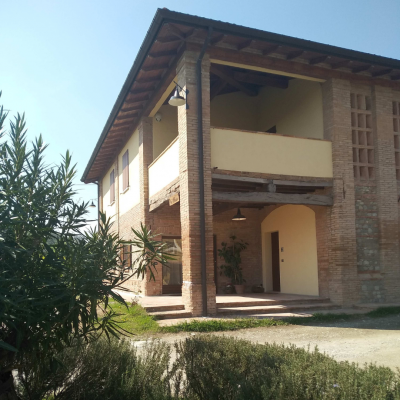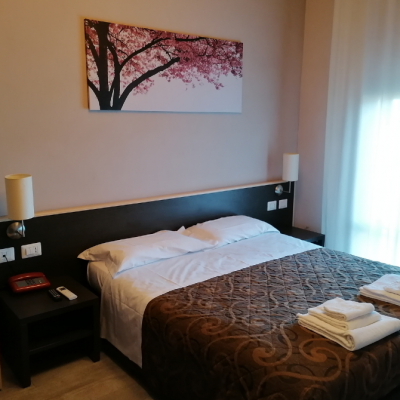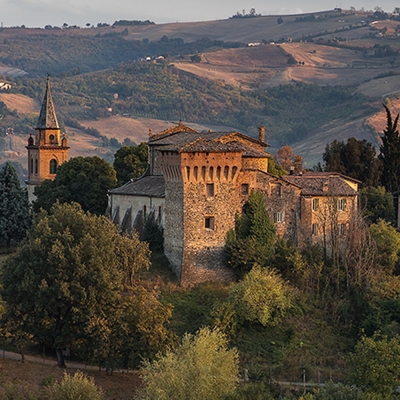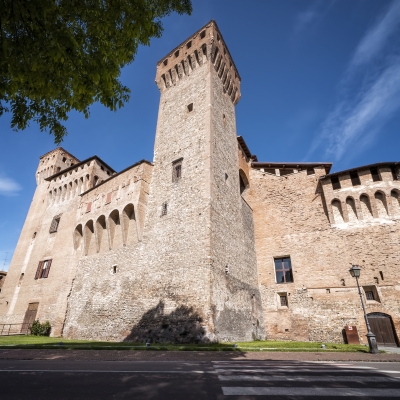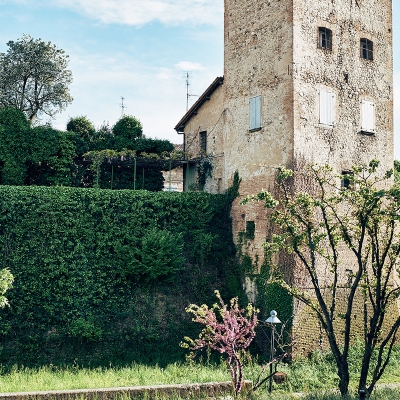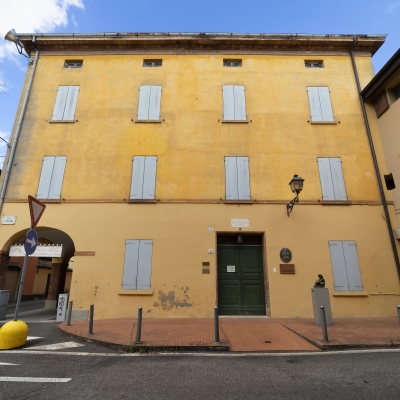The historic centre of Vignola
Una passeggiata fra i monumenti del centro di Vignola
The first documented attestation of the existence of an inhabited settlement by the name of Vignola appears in 826 A.D, in a document belonging to the Abbey of Nonantola. The castle of Vignola appeared before its famous Fortress (Rocca) and continued to expand and be added to over the course of the centuries.
The historic centre of Vignola is essentially composed of two stages of expansion. The oldest stage is reflected in the so-called, Castelvecchio and the 15th Century stage saw the expansion of the urban centre known as Castelnuovo.
The oldest portion of the town grew up as a settlement encircled by fortified walls with a moat on the northern and western sides whilst on the southern and eastern sides, the castle was protected by the natural drop to the Panaro river.
The entrance was located under the clock tower which was accessed via two drawbridges (one pedestrian and a larger one for carriages). The holes for the beams can still be seen today. The tower’s original peak can no longer be seen as its current appearance is a result of modifications made over the course of the 20th Century. Vignola of the early medieval period was developed around the Fortress, including Via Tufo, Castelvecchio, Belvedere and the current Piazza Boncompagni. The structures within Castelvecchio must have been very densely packed and disparate in that on the site of the current Palazzo Contrari-Boncompagni, there were easily 11 houses.
With the advent of the Contrari family in the 15th Century, the town centre was expanded, which led to the construction of a new walled enclosure with defensive towers which included the so-called Castelnuovo. The old trenches were converted into courtyard areas and given the lie of the land and subsequent impossibility of even and proportional urban expansion, the new centre expanded to the North-West giving Castelnuovo a diamond shape that is still visible and meaning that the Fortress lies out of the centre, towards the East.
There was a dry moat beside the walled enclosure where the current Corso Italia lies and there is a visible section of the moat on the western side with two surviving towers. Galvani tower is built of stone and has a square plan. It belonged to the family of the same name who looked after it and financed its erection. The tower by the name of “Polpetta” was modified after the 16th Century assuming a circular shape and is now home to the Old River restaurant. Between these two towers, there a section of the walled enclosure where you will find the beautiful Galvani garden. The streets of Castelnuovo still display original portions of the Bolognese porticos which are of notable historic interest and important in understanding the commercial value of Vignola in those centuries.
It is possible to book guided tours
E' possibile la prenotazione di visite guidate tramite guide locali
